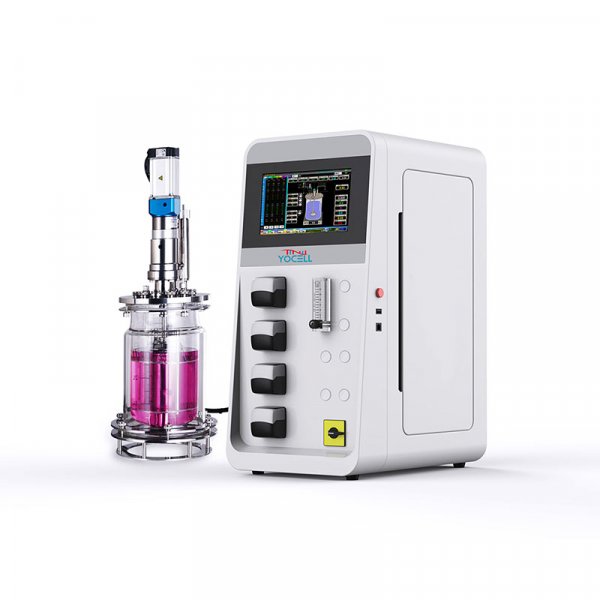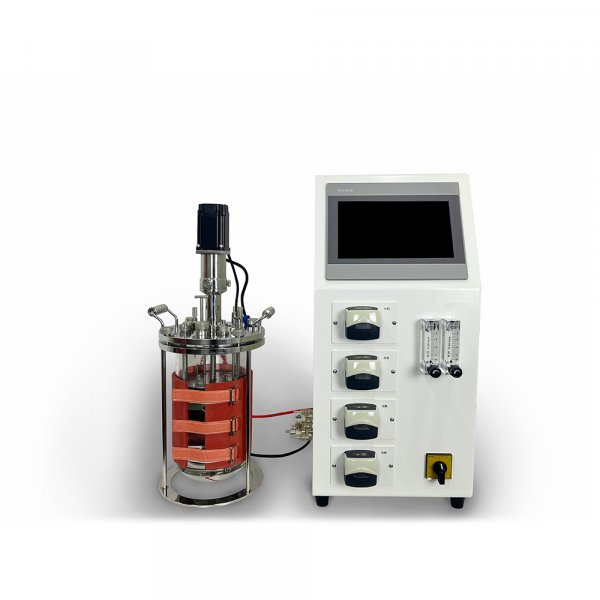L-tryptophan is an essential amino acid that is widely used in food, medicine and feed production. At present, the engineering strains of L-tryptophan produced by biological fermentation are mostly Escherichia coli and Corynebacterium glutamicum, which are mainly modified by rational methods such as metabolic engineering and synthetic biology. However, due to the long metabolic pathway and complex regulatory mechanism of L-tryptophan in microbial cells, the production strains still have problems such as low production efficiency and poor robustness, and it is often necessary to transform and improve the production capacity of the strains through irrational methods such as adaptive evolution.
In order to construct strains that can produce L-tryptophan efficiently, the researchers used traditional mutagenic breeding and a variety of metabolic engineering strategies to optimize the strains systematically, aiming at the main factors that restrict the synthesis of L-tryptophan, and so far a series of fruitful results have been achieved. These modifications are mainly concentrated in E. coli and other bacteria, and the transformation strategy includes the following aspects.

Mechanism of L-tryptophan in intracellular feedback regulation
1.Enhanced synthesis of precursor substances
L-tryptophan has a multi-step and complex synthesis pathway in the cell, which requires many precursors. However, these precursors are widely involved in the metabolic reactions of various substances in the cell. Therefore, enhancing the synthesis of precursor substances in the cell or limiting the consumption of precursor substances in other metabolic pathways is an effective way to enhance the synthesis ability of L-tryptophan.
1.1Promote DAHP synthesis
An increase in the rate of DAHP synthesis is key to increasing the flow of carbon into the common pathway and is a viable way to promote excess accumulation of L-tryptophan in the cell.
1.2Enhancing enzyme activity in the common pathway
In the common pathway, substances such as SHIK, EPSP and CHA are among the important intermediate metabolites. Although there have been cases of increasing the efficiency of the common pathway by increasing the production of PEP and E4P, the restriction of the activity of a series of enzymes in the common pathway is still an important factor that hinders the efficiency of its synthesis.
2.Enhanced L-tryptophan branching pathway
After the common metabolic pathway, L-tryptophan, L-phenylalanine and L-tyrosine metabolic pathways can be used as CHA metabolic pathways. Therefore, in order to increase the production of L-tryptophan, it is necessary to make as much CHA flow to L-tryptophan metabolic pathway as possible through metabolic regulation.
2.1Blocking the metabolic pathway of L-phenylalanine and L-tyrosine
Blocking the L-phenylalanine and L-tyrosine metabolic pathways can not only direct more CHA to the L-tryptophan pathway, but also reduce the feedback inhibition of these two amino acids in the common pathway and the central metabolic pathway. Weakening the expression of pheA gene and tyrA gene or reducing the activity of these two enzymes are the main methods to block L-phenylalanine and L-tyrosine metabolic pathways.
2.2Dredge L-tryptophan branching metabolic pathway
In addition to the removal of the above two branching metabolic pathways, L-tryptophan production was also increased by enhancing L-tryptophan metabolic pathways, mainly through feedback inhibition and overexpression of the corresponding synthase.
3.Retrofit the transport system
When intracellular L-tryptophan concentration is too high, it will disturb the metabolic balance of cells and produce physiological toxicity to cells. Therefore, reducing the content of L-tryptophan in cells is one of the key factors to increase the production of L-tryptophan. However, since the mechanism of L-tryptophan secretion is still unclear, the modification of the transport system mainly focuses on blocking the absorption pathway. In E. coli, there are three transporter genes that can play a regulatory role in the absorption of L-tryptophan, namely mtr, tnaB and aroP genes. Among them, the two transporters encoded by mtr and tnaB genes are specific to L-tryptophan and encode two permeability enzymes with different affinity. The transportase encoded by the aroP gene is not specific to L-tryptophan, but can also transport L-tyrosine and L-phenylalanine. Meanwhile, the absorption of L-tryptophan by Corynebacterium glutamicum was completely regulated by aroP gene. However, the mechanism of L-tryptophan efflux system has not been clearly analyzed, and the regulation method is still unknown.
4.Adaptive evolution improved the performance of L-tryptophan producing strains
4.1Traditional adaptive evolution
Adaptive evolution is a method that combines artificial selection pressure and simulates the compilation and selection process in natural evolution to achieve the directed evolution of microorganisms under laboratory conditions and achieve the screening of individuals with good traits from evolutionary populations.
4.2 Biosensor binding
Biosensors are widely used in synthetic biology, which can adjust the expression of downstream genes by sensing the concentration of corresponding substances. By combining the original of synthetic biology with adaptive evolution, it is beneficial for cells to express specific traits of different intensity according to the difference of intracellular tryptophan concentration, thus providing conditions for efficient screening.




